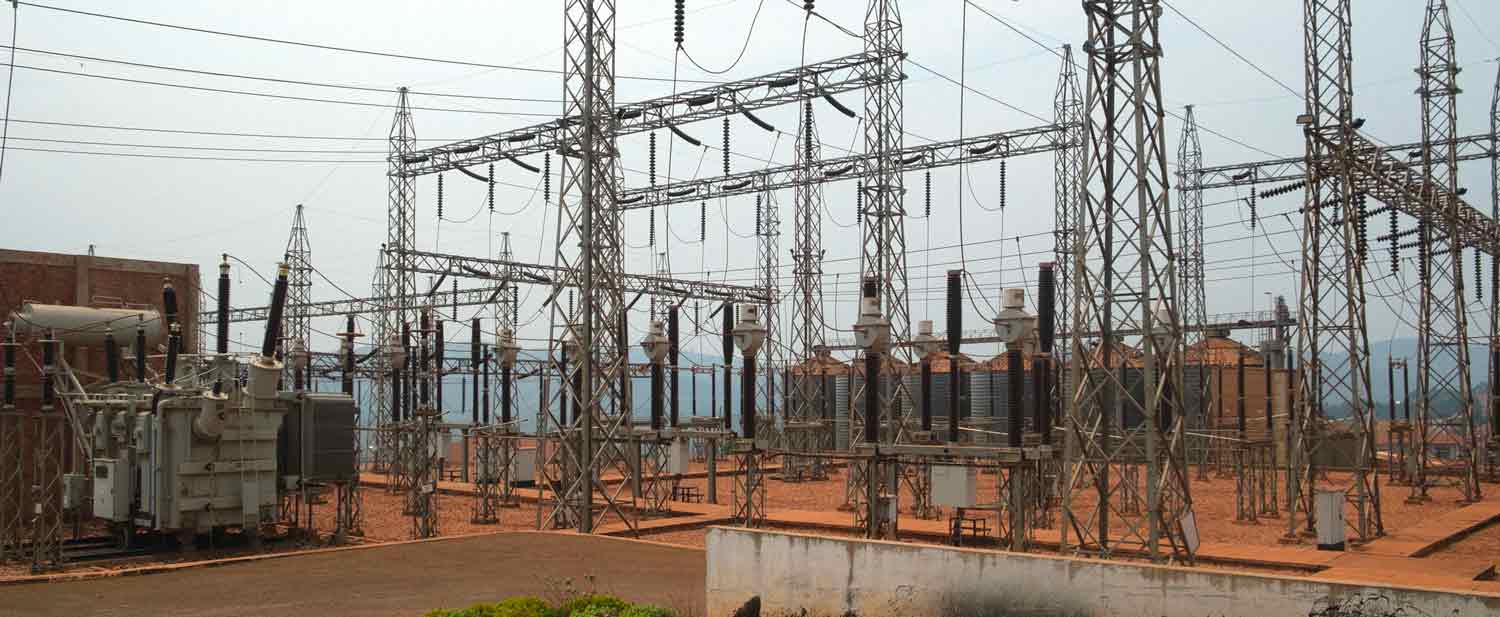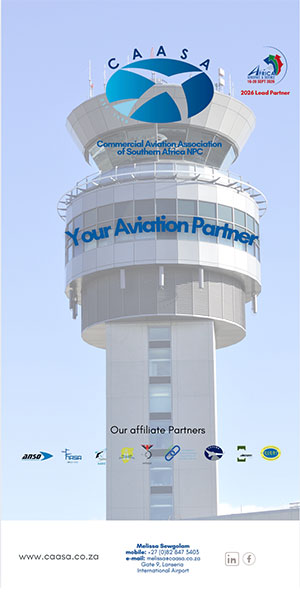Roberts International Airport in Monrovia has undergone a significant transformation, transitioning from reliance on noisy diesel generators to a stable and continuous electricity supply, thanks to the Liberia Energy Efficiency and Access Project (LEEAP). This shift has improved the airport experience for travellers and reduced energy costs.
The LEEAP, launched in 2017, aimed to rebuild Liberia’s electricity sector, which had been decimated by 14 years of socio-political crises. The project was funded by the African Development Bank Group, with contributions from the African Development Fund, the Nigeria Trust Fund, the Transition Support Facility, the EU-Africa Infrastructure Trust Fund, and the Global Environment Facility.
According to a recent Project Completion Report by the African Development Bank Group, the LEEAP expanded and strengthened Liberia’s transmission and distribution network, delivering electricity to previously dark communities. In practical terms, the project has connected 39,792 customers to the electricity grid, including 50 health facilities, 65 educational institutions, 43 public facilities, and 250 small businesses along the Paynesville – Roberts International Airport (RIA) – Owensgrove Corridor and the Pleebo – Fish Town Corridor.
Impressively, electricity access in Liberia rose from 2% to 35.03% by 2024, surpassing the initial target of 5%. The project also led to the construction of 45 km of transmission lines, 980 km of distribution network, and two substations. Additionally, it generated over 4,800 jobs, with a focus on providing opportunities for women in technical, non-technical, and entrepreneurial roles.
The LEEAP has not only improved infrastructure but also boosted economic growth by enabling new businesses and enhancing the quality of life through reliable power access to essential services.














